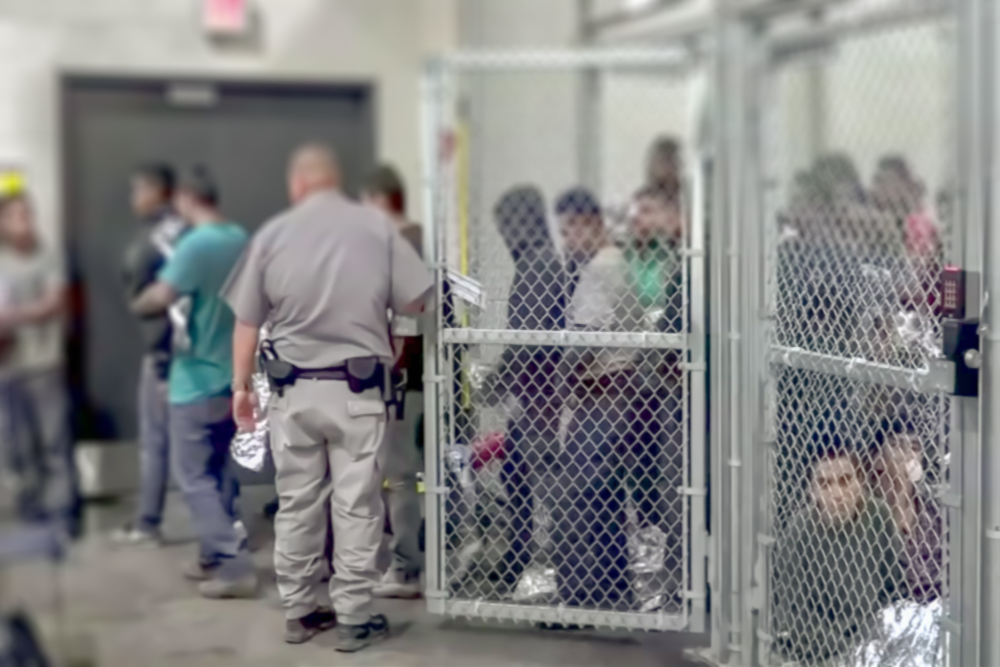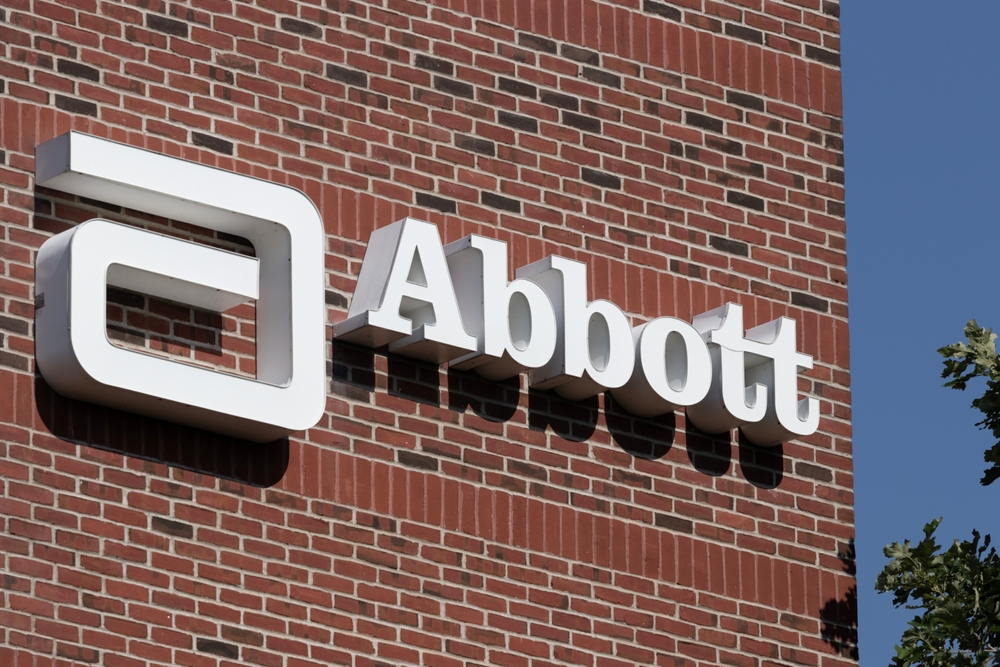Biden has big plans, and many challenges, for immigration reform
Newly seated President Joe Biden has big plans to reverse many of his predecessor’s changes regarding immigration, including establishing a pathway to citizenship for 11 million undocumented immigrants.
He also hopes to establish new protections for “dreamers,” part of the Deferred Action for Childhood Arrivals, or DACA program, and establish sweeping changes to immigration enforcement.

How successful he will be remains to be seen.
RELATED: What Biden might do, and not do, for criminal justice reform
RELATED: Judicial turnover leaves immigration courts shorthanded
Hours ahead of Biden’s inauguration in January, the incoming administration released details of his ambitious immigration proposals, including an immediate halt to construction of the wall separating the United States from Mexico. The administration describes the proposed changes as a common-sense approach to “modernizing and restoring humanity to the immigration system after four years of President Trump’s systematic crackdown on both legal and illegal immigrants,” the Los Angeles Times reported.
Biden sent the U.S. Citizenship Act to Capitol Hill on Inauguration Day with an eight-year road map to citizenship for those 11 million immigrants in this country without legal status. Those with green cards, farm workers, those with temporary protected status and DACA recipients would get priority.
The immigrants must have entered this country no later than Jan. 1, with a few exceptions.

“This is a big task and there are a lot of things that need to get fixed,” said Peter Boogaard, communications director for FWD.US, a bipartisan political organization that believes America’s families, communities, and economy thrive when more individuals are able to achieve their full potential.
“Trump weaponized immigration,” Boogaard said. “The consequences were severe. That is a lot of unwinding that needs to happen and they are taking important steps.”
In addition to what some see as positive changes coming, Biden must also deal with a backlog of 1.3 million cases in Immigration Courts, a far larger backlog than Trump inherited four years ago.
The backlog accelerated on Trump’s watch, growing 16% in 2017, 22.1% in 2018 and 33.3% in 2019. Even as the COVID-19 pandemic took hold, the backlog continued to increase by some 19,917 cases per month, according to TRAC, an organization based at Syracuse University that collects comprehensive, independent and nonpartisan information about U.S. federal immigration enforcement.
“Even if the administration halted immigration enforcement entirely, it would still take more than President-Elect Biden’s entire first term in office — assuming pre-pandemic case completion — for the cases now in the active backlog to be completed,” according to the TRAC report, published before Biden’s inauguration.
“When grappling with decisions shaping immigration policies going forward, this gigantic pile-up of cases awaiting resolution is an important part of President Trump’s departing legacy. … Biden now must consider how his administration can successfully tackle this backlog, something that previous administrations have found to be a perennial and seemingly intractable problem.”
A report published by the non-profit journalism organization The Marshall Project states that Biden will need cooperation from the Department of Justice to reverse some of the policies implemented under Trump’s presidency, including a ruling by then-Attorney General Jeff Sessions who determined that domestic violence does not qualify as a basis for asylum.
“To carry out Biden’s proposals, his attorney general will have to reverse decisions by Sessions and Attorney General William Barr that sharply limited asylum, particularly for people … who are fleeing from Central America,” the report states. “Biden’s justice officials will have to contend with an immigration appeals court loaded by Barr with conservative judges known for denying asylum.”
According to the Executive Office for Immigration Review, new justice officials also must “untangle a web of Trump administration policies that limited the independence of immigration judges.” Some of those actions can be easily undone, but others will require labor-intensive rule-making or slow-moving litigation.
Under the Trump system, immigration courts’ grants of asylum dropped 25% and, in some jurisdictions, like Houston, judges denied 90% of asylum applications.
There is much to do if Biden’s immigration agenda is to succeed.
“These actions are bold, (they) begin the work of following through on (President) Biden’s promises to the American people, and, importantly, fall within the constitutional role for the president,” the transition team said of the executive orders, as reported by the Texas Tribune.
“The day-one order on DACA will instruct the homeland security secretary and attorney general to preserve the program, which as of June included about 645,000 beneficiaries, including about 106,400 in Texas, according to federal government statistics,” the report states. “Trump announced an end to DACA in 2017, but the program has endured after a series of court challenges, including a 2020 decision by the U.S. Supreme Court that ruled the administration did not act properly in its order to end the policy.”
Biden’s administration also faces a lawsuit from Texas Attorney General Ken Paxton, who filed a separate challenge that questions the DACA program’s legality.
Meanwhile, in El Paso, city and county leaders meet biweekly with stakeholders, anticipating that Biden will reopen the borders for refugees. “We are prepared for it,” El Paso Mayor Oscar Leeser said, according to a report by yourcentralvalley.com. “We actually have a meeting with the county judge, Bishop (Mark J.) Seitz, the Mexican consul, the American consul. It’s a meeting about how we’re going to handle any issues that come up and that’s the biggest issue we talk about … to make sure that we’re prepared.”
Relief agencies for migrants were thinly stretched in 2018 and 2019 when thousands of asylum seekers came to the border from Central America. Trump forced refugees to wait for months in Mexico until their cases could be heard.
“It’s going to be totally different from what we saw a year and a half ago,” Leeser said. “As things change, we’ll continue to make sure we talk with everyone that needs to be involved.”
Boogaard said his organization is hopeful.
“During the campaign, the president made a lot of commitments on how to take a very different approach and start on Day 1 of the new administration and he has done that,” Boogaard said. “He has unveiled legislation that takes a comprehensive look at dealing with the border and people and humanitarian relief. He is taking a number of actions around reunifying families separated at the border and plans to address the chaos and confusion created at the border. There is a lot more we need to see about that.”
As for the wall on the southern border, Biden ended an emergency declaration that allowed the former president to divert billions from the military budget for its construction. The move pauses construction while Biden and his administration reviews contracting methods and funding used.
Also, for 100 days beginning Jan. 22, Biden paused removal for certain noncitizens ordered deported, an effort to ensure fair and effective immigration enforcement focused on “protecting national security, border security and public safety,” according to a statement from Acting Homeland Security Secretary David Pekoske.
Several immigration rights groups have asked Biden to issue executive orders granting immediate protections for some groups while Congress debates the more comprehensive immigration bill. Just in Texas, there are 1.7 million undocumented immigrants, with 1.2 million of them coming from Mexico. The Biden proposal would provide five years of temporary status to qualified applicants who could apply for green cards or permanent status once they pass background checks and if they paid taxes, according to the president’s transition team.
“The biggest piece of the puzzle is legislation,” Boogaard said. “He has started advocating for the 11 million. That will require Congress to step up and work, as well. There are 11 million in this country who are trapped in undocumented status. Eight million U.S. citizens live with an immediate family member who is undocumented. This is not a small impact. Five million of them are essential workers.”
Additionally, he said, barriers need to be removed for entrepreneurs who would come to the U.S. to start new businesses or work in agriculture. “We need the workforce to support those industries. Huge portions of the long-term economic success of our families and communities are linked to reforming our immigration.”

















